Western Bulk Herbs – Arnica
Historically, Arnica has been used for joint aches, muscle aches, pain, and wound healing. Recently, the German government approved it for relief of inflammation, pain, and bacterial infections. The FDA still considers it unsafe. However, herbalists and well as doctors still recommend arnica as an herbal remedy for bruising. Not for internal use!
Latin Name:
Arnica Montana
Common Names:
Arnica Montana, Mountain Tobacco, Mountain Arnica, Leopard’s bane, Arnica flowers, Arnica root, Common arnica, Mexican arnica, Mountain daisy, Sneezewort, and Wolfsbane.
Parts Used:
Root and flowers
Properties:
This herb contains arnicin and a volatile oil plus Tannin and phulin. It is these compounds that stimulate the production of white blood cell that clear up bruising. Arnicin is more plentiful in the flowers than the rhizome, but it has no tannin.
Traditional Uses:
In the past, arnica has been used for low fevers, sprains, bruises, and wounds. It’s also been used as a foot bath to bring relief to tender feet. It’s said to make hair grow when applied to the scalp.
Internal Applications:
Can be made into tablets, teas, gels, tinctures, creams, ointments, and under-¬the-tongue preparations, slave and creams.
Topical Uses:
Arnica’s anti-inflammatory properties makes it quite useful to bring down swelling when applied directly on to an injury. It can also quickly heal skin abrasions when applied as a gel or slave.
Topical Applications:
Its best used externally but can be used internally but be sure to make the correct application such as a tincture, tea, or tablet. You should only use it internally when prescribed by a licensed herbal practitioner or Doctor of Medicine.
Culinary Uses:
Arnica is not known to be used in cooking.
Chemical Properties:
Arnica contains anti-inflammatory sesquiterpene lactone helenalin, as well as flavones, flavanols, triterpenoids, phenolic acid, polysaccharides and an essential oil containing thymol, thymolmethylether and azulene.
Cautions:
Do not use this herb if you are pregnant. Do not take internally, unless in a homeopathic dose or as recommended by a qualified herbal practitioner. Do not use this herb on open wounds or broken skin. The flower extract and infusions may cause allergic dermatitis in sensitive individuals or with prolonged use.
Folk Lore:
People learned to use arnica when they noticed mountain goats would look for the flowering plant when they were injured. They German’s named it “Fallkraut” or “Fall herb”. The goats would rub up against the plant where they were injured. The local people started making salves and tea to help with their bruises. They would make the tea and soak clothe in the tea then wrap them around the injured limb or place on a bruise.
*Disclaimer: These statements have not been evaluated by the Food and Drug Administration. This product is not intended to diagnose, treat, cure or prevent any disease.
Resources:
Major Herbs of Ayurvedic.Compiled by Dahur Research Foundation and Dahur Ayurvet Limited, Ghaziabad, India., 2002. Churchill Livingstone, London, England.
The New Holistic Herbal. David Hoffmann, 1990. Barnes and Noble Books, New York.
Chinese Herbal Medicine: Materia Medica, Third Edition, Dan Bensky and Andrew Gamble, 1986. Eastland Press, Seattle, WA.
PDR for Herbal Medicines, 2000. Medical Economics Company, Montvale, New Jersey.
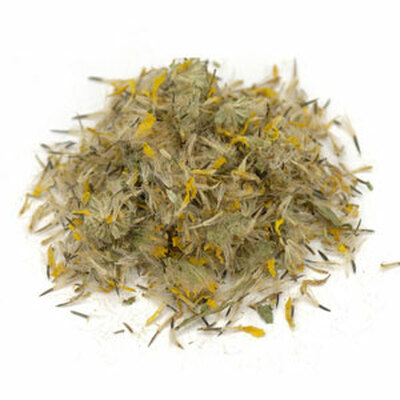
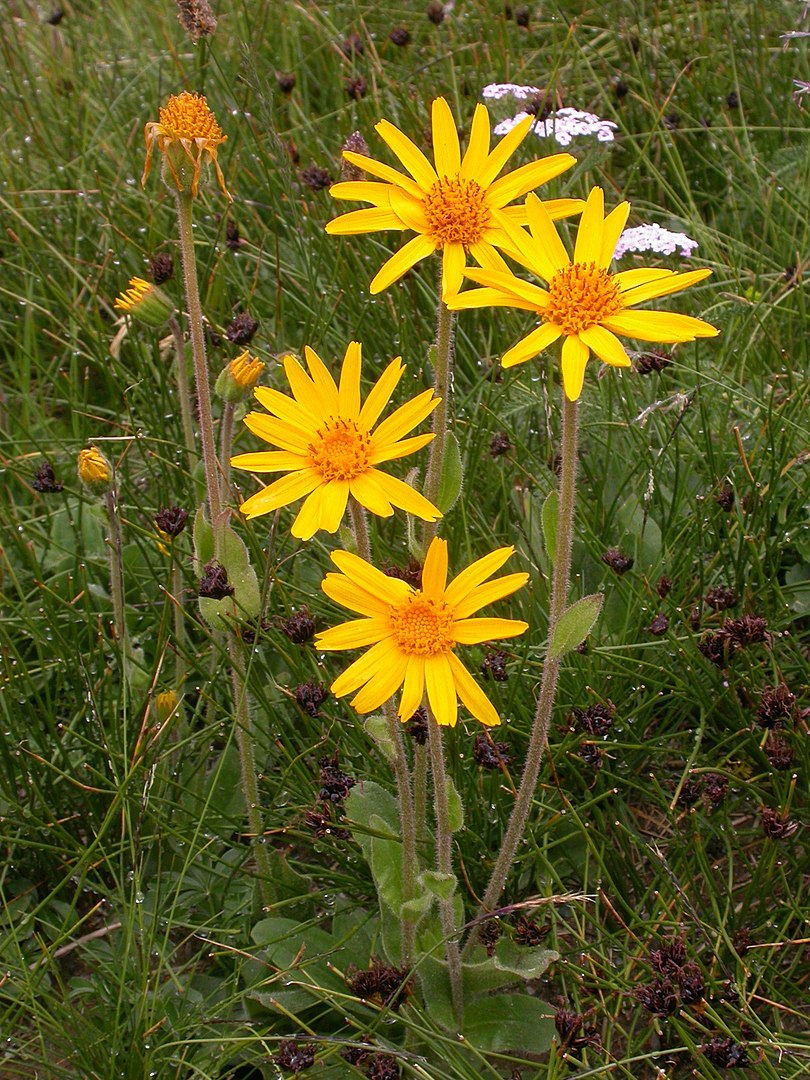
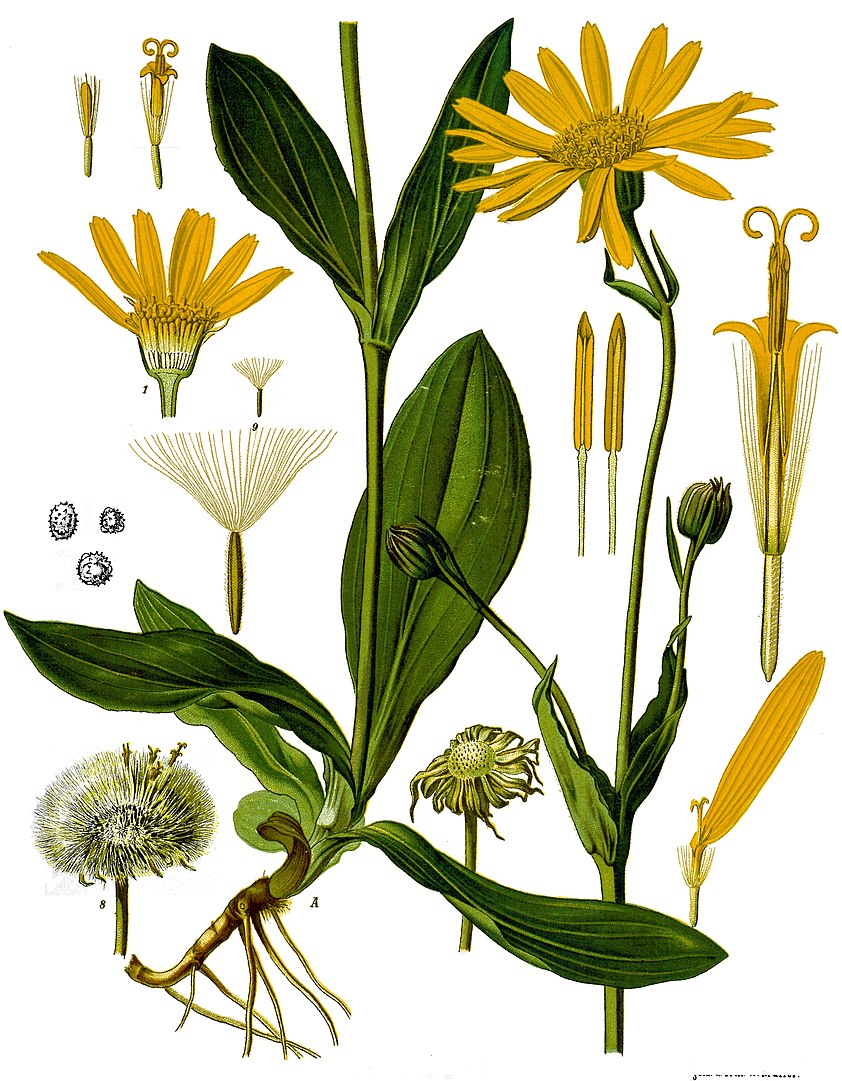

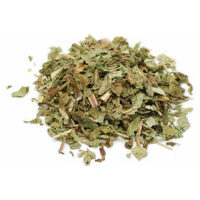
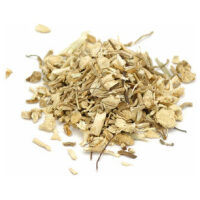
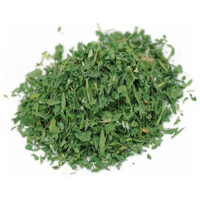
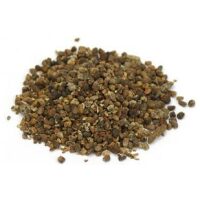
Reviews
There are no reviews yet.